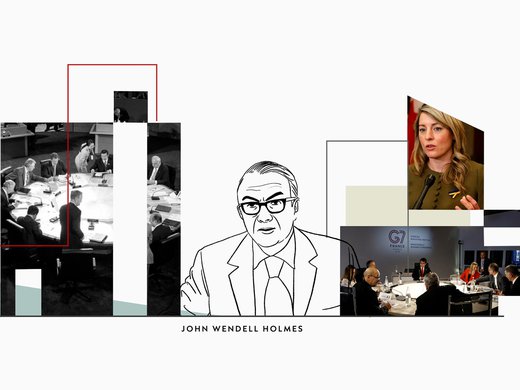What’s really at stake in Paris can be neatly summed up in one sentence: how can we provide a decent standard of living for 9 billion people by 2050, while reducing our greenhouse gases (GHGs) by at least seventy-five percent?
Paris will chew off only one piece of this, but it is the major piece. It really comes down to money. Most of the transition to a low carbon economy will have to come from the developing world, where the vast majority of population growth will occur. And the costs can be mind boggling. Let’s take urbanization. The Commission on the Economy and Climate Change, chaired by former Mexican President Felipe Calderón, estimates that the world will need to spend about $89 trillion on urban infrastructure in the decade after 2020. Most of this will be locally financed. The Commission goes on to argue that an additional $4 trillion would be needed to make this infrastructure low carbon. They also feel that most of this can be recouped through the lower operating costs of renewable energy.
The financing discussion here in Paris is focussed on a small subset of these kind of numbers. At the ill fated Copenhagen summit, then Secretary of State Hillary Clinton promised a fund of $100 billion annually for essentially low carbon development. It was clear as mud at the time how this funding would be produced, but there was an understanding that most of it would come from the private sector. The time of reckoning has now arrived. This Conference will not succeed without assurances that funding will exist. Many developing countries are arguing that this money should come from rich countries’ treasuries. This is a non starter. The US contribution alone would come to $20 billion per year. Getting that from a Republican congress in an election year has about the same chance as the survival of the proverbial snowball from hell.
So a compromise will be reached, with governments producing a sizable sum and much of the difference being made up by the multilateral development banks, such as the World Bank, acting as levers for larger amounts of private cash.
But what about these larger sums talked about earlier? There are plenty of ideas drifting about. One is to do away with the vast sums that governments spend to subsidize the energy industry. If you add in the costs of the damage caused by burning fossil fuels, the IMF reckons that the annual cost to the world economy is an astonishing $6.2 trillions per year. This is not a number calculated by Greenpeace or the Sierra Club. This comes from the Mother Church of economic orthodoxy.
Governments buy a lot of stuff. Some spend up to 25 percent of their gross national product buying goods and services. Green procurement programs can be directed to providing markets for clean tech products.
But none of this will be enough in the end. Climate change is now a big ticket economic issue. None other than the heads of the IMF, World Bank and OECD have described climate change as the biggest economic change facing the world today.
The world’s finance ministers and central bankers are still grappling with the reform of the international financial system to make it more robust and able to withstand the shocks of 2008 and beyond. What is really needed is an integration of the world’s financial reform discussion and climate talks. We need to create a financial system that discourages investment in high carbon fuels. Mark Carney, governor of the Bank of England, has led the discussion on the risks inherent in potential “stranded assets,” and the G20 is starting to take notice.
Andrew Sheng, the influential former Hong Kong Monetary Authority and advisor to the Government of China, goes further in a CIGI paper that calls on Central Bankers to invest at least some of the trillions of dollars in government paper gained through quantitative easing, to be invested in socially responsible ways, such as low carbon energy.
And finally, the United Nations Environment Program has published the results of its inquiry into the design of a sustainable financial system.
These are but a few first steps on the road to a more sustainable future.
CIGI Distinguished Fellow David Runnalls is a guest blogger, providing analysis from on the ground at COP21, for Global Rule of Law.


